By Michaud Savage
I've been fascinated with the guitar for a long time, and my interest with it's most recent history most greatly engages my curiosity.
The guitar has been around in it's current conception, of fixed frets and 6 strings, reaches back to an ancestor in the 13thcentury, the the guitarra latina (Latin guitar) and the so-called guitarra moresca (Moorish guitar). There were continued developments in the construction and bracing of the guitar as time progressed, and so also developed it's role in performing groups, orchestras, and also smaller ensembles.
During this time, pianos as we know them today did not exist in the same way, and the only comparable chordal instruments at the time were harpsichords- which were extremely delicate, temperamental machines difficult to transport and required frequent maintenance. Technology in the guitar was developing in such a way that it became the common practice for soloists to travel with a guitarrist as an accompanist during the 13th century into the 18th century. Today, this is very seldom the case, as pianofortes (commonly called 'pianos'), have also evolved to say in tune more reliably.
However, do make note that pipe organs were a common feature in most cities much before the guitarra latina existed, but was exclusively used for religious music. Due to the portability of the guitar, there is a very different history behind it- arguably, a much more recreational and sea-faring one.....just to start a list...
More history next month!

